A breeding cage is a specialized enclosure designed for the purpose of breeding animals, particularly birds and small mammals. These cages are crafted to provide a controlled environment that promotes the health, safety, and reproductive success of the animals. With a variety of designs and features, breeding cages cater to the specific needs of different species, from bird breeding cages for canaries and budgerigars to rabbit breeding cages for small-scale farming. Alibaba.com presents a comprehensive collection of breeding cages to suit the diverse requirements of breeders worldwide.
Types and Structures of Breeding Cages
The types and structures of breeding cages are diverse, each tailored to meet the needs of different species and breeding practices. For avian species, the structure might range from canary breeding cages with vertical bars and multiple perches to breeding boxes for budgies, which are often smaller with a cozy nesting area. Pigeon breeding cages are typically larger with a compartmentalized design to house pairs or small groups, facilitating social interaction which is crucial for pigeon breeding. In contrast, rabbit breeding cages are designed with solid walls and floors to support the heavier weight of small mammals and to ensure their comfort and security. Each type is a result of careful consideration of the breeding habits and physical needs of the species in question.
Structure and Operation of Breeding Cages
The physical components of a breeding cage play a crucial role in its operation. A typical bird breeding cage includes a main enclosure with access doors for feeding and maintenance, perches for resting, and a bird cage nesting box for egg-laying and chick rearing. Some cages also feature dividers that can be removed or added to either separate or introduce individuals. The operation of these components is designed to be intuitive, allowing breeders to manage the breeding process with ease and minimize stress for the animals.
Materials and Their Properties
The choice of materials for breeding cages is critical, as it impacts the durability, usability, and safety of the enclosure. Stainless steel is prized for its strength, resistance to rust, and ease of cleaning, making it ideal for long-term use in varied climates. Low carbon steel wire is favored for its flexibility and lower cost while still providing adequate strength. For species that require a softer environment, such as small mammals, PP or Oxford materials offer a balance between comfort and security. These materials are selected not only for their physical properties but also for their non-toxicity to ensure the well-being of the animals housed within.
Business Usages and Applications
Breeding cages are integral in numerous business settings. In the pet industry, specialized cages like canary breeding cages are used by retailers to breed birds for sale. In agricultural settings, breeding pens are essential for managing the genetics and population of poultry. These cages also serve in research and educational institutions where controlled breeding is necessary for study and conservation efforts. The value these cages provide in such settings is immense, as they enable efficient, safe, and ethical breeding practices.
Functions and Tasks
The primary function of a breeding cage is to provide a secure and conducive environment for the breeding of animals. Specific tasks that these cages facilitate include mating, nesting, and the raising of young. For example, bird breeding cages are designed to encourage natural mating behaviors while providing a safe space for egg-laying and chick development. Similarly, rabbit breeding cages are structured to protect the young from potential harm and provide easy access for breeders to monitor their development.
Features and Unique Selling Points
The distinct characteristics of breeding cages include their adaptability to different breeding scenarios, ease of access for feeding and maintenance, and the inclusion of features such as adjustable perches or nesting areas. Unique selling points might be the modularity of bird cage breeder units, allowing for customizable arrangements, or the incorporation of advanced materials that offer enhanced comfort for the animals and ease of cleaning for the breeders.
Benefits and Positive Outcomes
The benefits of using a well-designed breeding cage are manifold. They provide a controlled environment that can be tailored to the specific needs of the breeding species, leading to higher success rates in breeding programs. For breeders, these cages offer the convenience of easy maintenance and the ability to closely monitor the health and progress of their animals. The animals themselves benefit from a habitat that mimics their natural environment, contributing to their overall well-being.
How to Use, Choose, Clean, Maintain, and Install
Effective operation of a breeding cage involves understanding the specific needs of the species being bred. Choosing the right cage requires consideration of size, material, and features like nesting options. Cleaning should be done with safe, non-toxic disinfectants, and maintenance involves regular checks and repairs as needed. Installation varies by cage type but generally includes assembling the structure and securing it in a location that provides the right temperature and light conditions for the species.
How do I ensure the breeding cage is the right size for my species?
Ensuring the right breeding box size for cockatiel or any other species involves understanding the natural behavior and space requirements of the animals. For instance, a cockatiel requires enough room to move, stretch, and access separate areas for feeding, sleeping, and nesting. The general rule is to provide as much space as possible, with specific dimensions available from expert guidelines or animal welfare organizations.
What are the key considerations for a breeding environment?
The key considerations for a breeding environment include the safety, comfort, and health of the animals. This involves providing a breeding cage that is secure, well-ventilated, and made from non-toxic materials. The design should allow for natural behaviors, such as nesting and perching for birds. Additionally, the environment should be kept at an appropriate temperature and humidity level, which may require insulated or heated cages in certain climates.
How can I ensure the longevity of my breeding cages?
To ensure the longevity of your breeding cages, it is important to select cages made from high-quality, durable materials like stainless steel or coated low carbon steel wire. Regular maintenance, including inspecting for and repairing any damage, cleaning with appropriate, non-toxic disinfectants, and replacing worn components, will also extend the life of your cages. Proper use, following the manufacturer's guidelines for weight and species limits, will prevent undue stress on the cages.



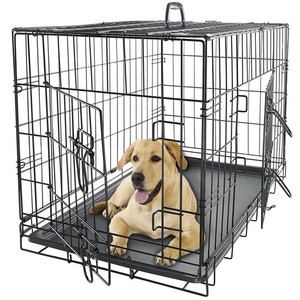




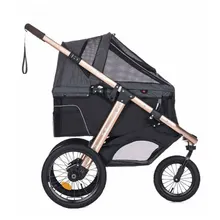
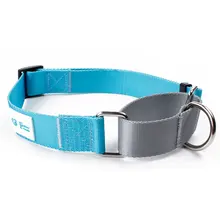








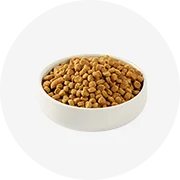
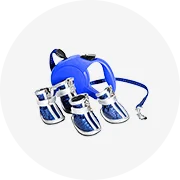








 浙公网安备 33010002000092号
浙公网安备 33010002000092号 浙B2-20120091-4
浙B2-20120091-4